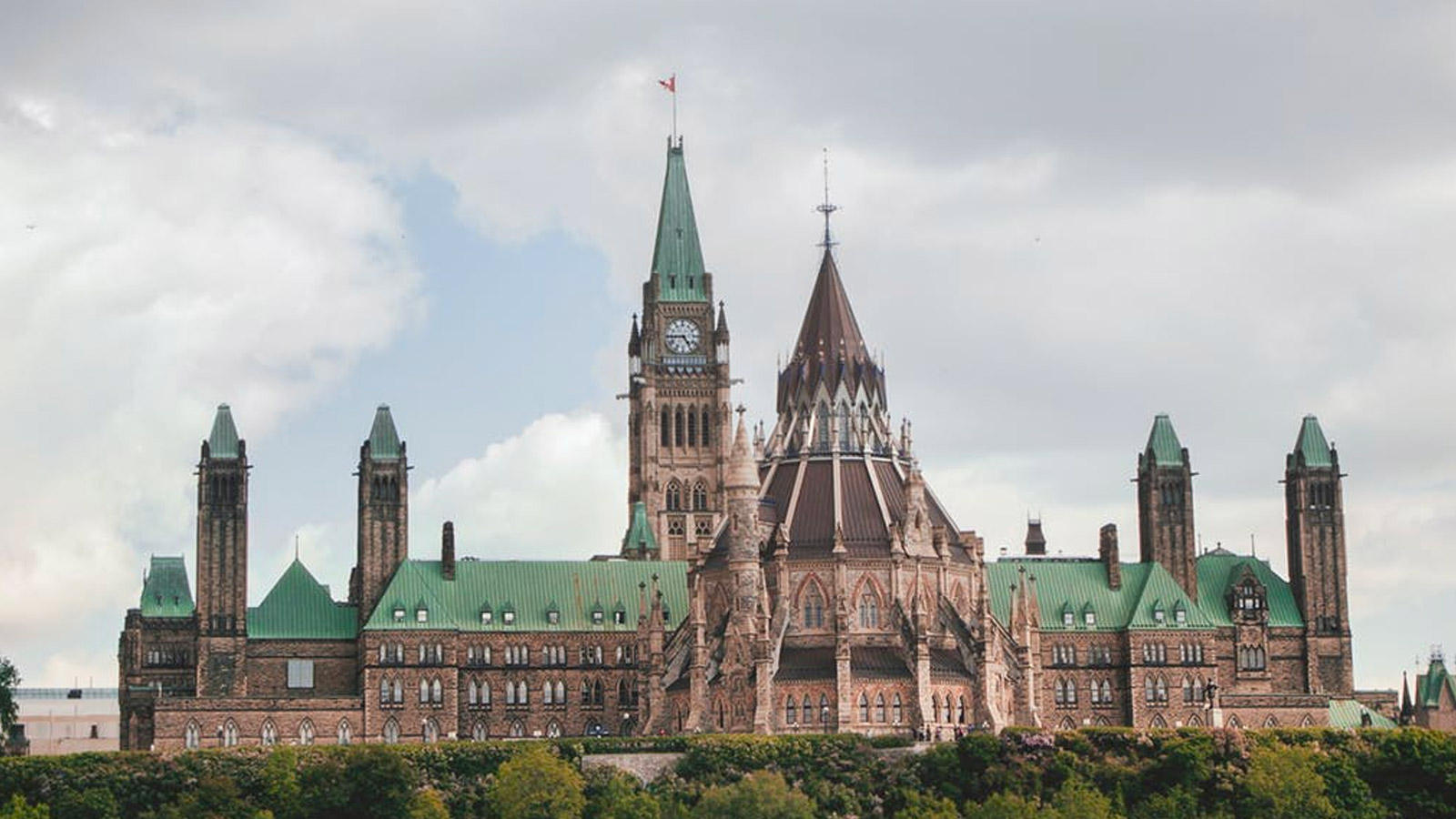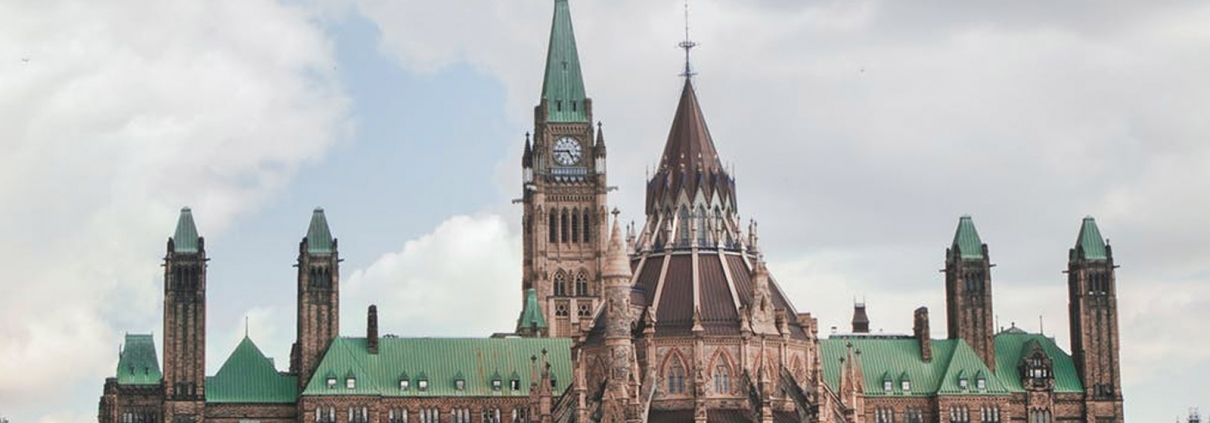Federal government steps up COVID-19 stimulus with 75% wage subsidy

The federal government told Canadians that absolutely every option was on the table as it took steps to mitigate the economic devastation wrought by the COVID-19 outbreak. Today’s announcement of enhanced relief measures to aid small- to medium-sized businesses underscores Ottawa’s determination to keep businesses afloat in the face of an unprecedented pandemic—not to mention the sheer havoc this crisis is already wreaking on the economy.
After committing a staggering $107 billion to its COVID-19 Economic Response Plan—both in direct supports and tax deferrals—the Trudeau government announced it will expand federal wage subsidies to 75 per cent for qualifying businesses for up to three months, retroactive to March 15, 2020. That represents a sharp increase from the previous 10 per cent wage subsidy announced on March 18th, a seeming lifetime ago, given the swift pace of stimulus announcements over the past two weeks. The government is promising to announce full eligibility criteria for the program by Monday.
The change aligns Canada with countries such as Denmark, which have also introduced major wage subsidy programs. It remains unclear what the maximum monthly payout for each employee will be. The KRP team will provide updates as they become available.
In addition, businesses (including self-employed individuals) will be allowed to defer GST/HST payments, as well as custom duties on imports, until June 30, 2020. The deferral generally applies to remittances that would be due between March and the end of May, 2020. Monthly, quarterly and annual GST/HST filers will qualify for the deferral. The measure—which is projected to provide up to $30 billion in cash flow assistance to businesses—is designed to help organizations cover payroll and manage other operating expenses until the economy eventually rebounds. Whether that will occur in these next few months remains in doubt, but the government is acting quickly to respond to new developments. This will likely be only one more round in a series of relief announcements over the coming weeks.
To inject liquidity and credit into the system, the government also introduced a new Canada Emergency Business Account. The fund will make up to $25 billion available to banks and credit unions to provide interest-free loans of up to $40,000 each to small businesses that can demonstrate they paid between $50,000 and $1 million in total payroll in 2019. As much as $10,000 of each loan is eligible for forgiveness if companies repay the balance before December 31, 2022. The loans will be guaranteed and funded by Ottawa.
A new Small and Medium-sized Enterprise Loan and Guarantee program will provide up to $40 billion in credit through Export Development Canada and the Business Development Bank of Canada. The guaranteed loans are intended to help SMEs struggling to meet operating cash flow requirements. As the government noted today:
Export Development Canada will provide guarantees to financial institutions so that they can issue new operating credit and cash flow term loans of up to $6.25 million to small and medium-sized businesses. These loans will be 80 per cent guaranteed by Export Development Canada, to be repaid within one year.
As part of the program, SMEs will have access to a co-lending program, providing eligible businesses with loans of up to $6.25 million.
Groups representing small businesses generally hailed the government’s expanded stimulus, but cautioned that more will be needed to help buttress SME balance sheets and protect the economy from an eventual tsunami-like wave of layoffs and bankruptcies. The Bank of Canada’s decision to lower its key lending rate to 0.25 per cent and commitment to purchase up to $5 billion in government bonds per week—a move intended to further shore up the economy—will surely help ease the pressure further.
“The intent of our decision today is to support the financial system in its central role of providing credit in the economy, and to lay the foundation for the economy’s return to normalcy,” the bank said in a statement.
When that will be is anyone’s guess.
Armando Iannuzzi, Co-Managing Partner


